Olfaction in Animals
Introduction
Olfaction, or the sense of smell, is a critical sensory modality in many animals. It plays a vital role in various behaviors such as foraging, mating, and predator avoidance. The olfactory system in animals is complex and involves a series of biochemical and neurological processes that allow the detection and interpretation of chemical signals in the environment[1].
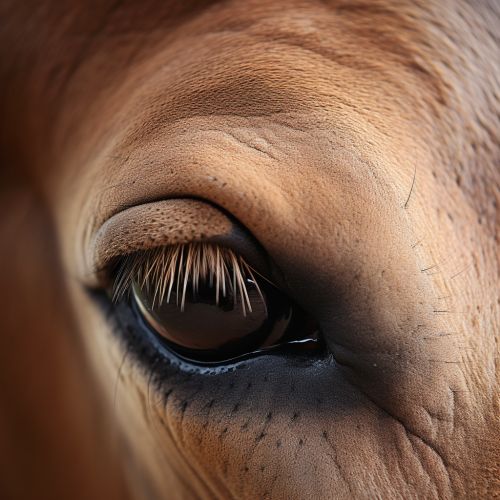
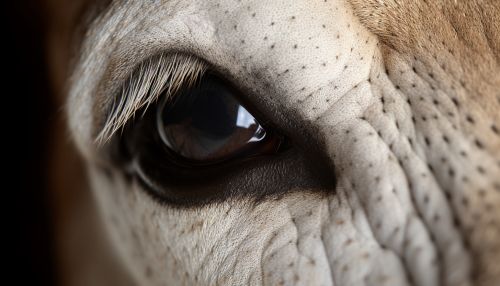
Olfactory System
The olfactory system of animals is comprised of several components, including the olfactory epithelium, olfactory bulb, and olfactory cortex. These structures work together to detect, transmit, and interpret olfactory signals.
Olfactory Epithelium
The olfactory epithelium is a specialized tissue within the nasal cavity that contains olfactory sensory neurons. These neurons are responsible for detecting odor molecules and converting them into electrical signals[2].
Olfactory Bulb
The olfactory bulb is a structure located in the brain that receives electrical signals from the olfactory sensory neurons. It processes these signals and sends them to other areas of the brain for further interpretation[3].
Olfactory Cortex
The olfactory cortex is the region of the brain that interprets the signals received from the olfactory bulb. It is responsible for the perception of smell and plays a role in memory and emotion related to olfactory stimuli[4].
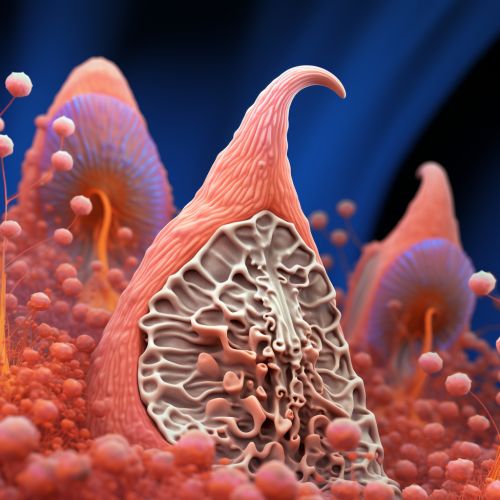
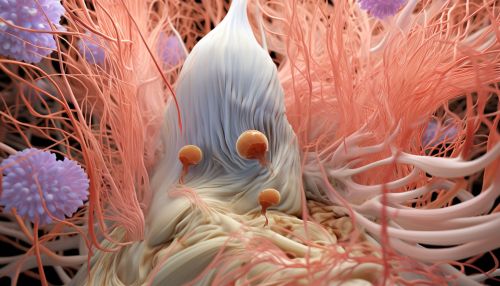
Olfaction in Different Animal Groups
Different animal groups have evolved unique adaptations to maximize the utility of their olfactory systems. These adaptations are often related to the ecological niches that these animals occupy.
Mammals
Mammals have a highly developed olfactory system. Many mammals, such as dogs and rodents, rely heavily on their sense of smell for survival. They use olfaction for a variety of behaviors, including hunting, mating, and territory marking[5].
Birds
Birds have a less developed sense of smell compared to mammals. However, some bird species, such as vultures and albatrosses, have a highly developed sense of smell that they use for foraging and navigation[6].
Reptiles
Reptiles, particularly snakes, have a unique olfactory system. They use a specialized organ known as the Jacobson's organ or the vomeronasal organ to detect chemical signals. This organ allows them to "taste" the air and detect prey, predators, and mates[7].
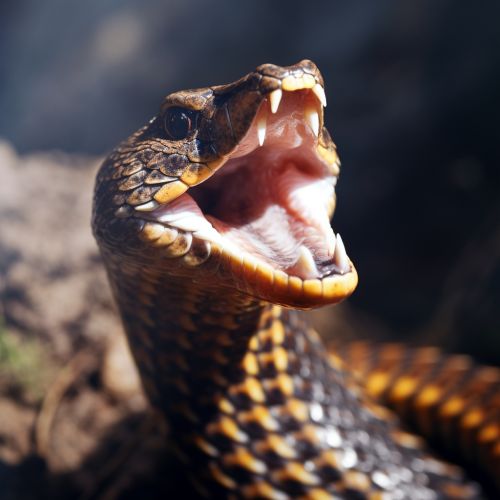
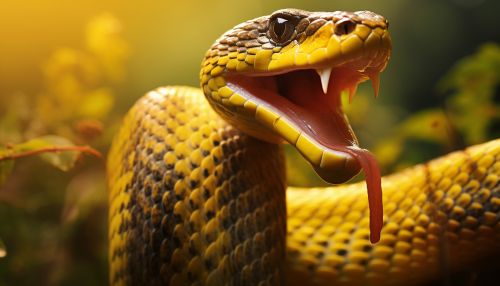
Olfactory Communication
Many animals use olfaction as a means of communication. This is often achieved through the release and detection of chemical signals known as pheromones. Pheromones can convey a variety of information, including the presence, identity, and reproductive status of an individual[8].
Olfactory Learning and Memory
Olfactory learning and memory are important aspects of animal behavior. Many animals can learn to associate specific odors with certain outcomes, such as food or danger. This learned information can then be stored in memory and used to guide future behavior[9].
Conclusion
Olfaction is a critical sensory modality in many animals, playing a significant role in behaviors such as foraging, mating, and predator avoidance. The complexity and diversity of olfactory systems across different animal groups highlight the importance of this sense in the animal kingdom.
See Also
References
- ↑ Firestein, S. (2001). How the olfactory system makes sense of scents. Nature, 413(6852), 211–218. https://doi.org/10.1038/35093026
- ↑ Keller, A., & Vosshall, L. B. (2004). A psychophysical test of the vibration theory of olfaction. Nature Neuroscience, 7(4), 337–338. https://doi.org/10.1038/nn1215
- ↑ Wilson, D. A., & Sullivan, R. M. (2011). Cortical processing of odor objects. Neuron, 72(4), 506–519. https://doi.org/10.1016/j.neuron.2011.10.027
- ↑ Howard, J. D., Plailly, J., Grueschow, M., Haynes, J. D., & Gottfried, J. A. (2009). Odor quality coding and categorization in human posterior piriform cortex. Nature Neuroscience, 12(7), 932–938. https://doi.org/10.1038/nn.2324
- ↑ Wyatt, T. D. (2014). Pheromones and animal behavior: chemical signals and signatures. Cambridge University Press.
- ↑ Nevitt, G. A., Losekoot, M., & Weimerskirch, H. (2008). Evidence for olfactory search in wandering albatross, Diomedea exulans. Proceedings of the National Academy of Sciences, 105(12), 4576–4581. https://doi.org/10.1073/pnas.0709047105
- ↑ Halpern, M., & Martinez-Marcos, A. (2003). Structure and function of the vomeronasal system: an update. Progress in Neurobiology, 70(3), 245–318. https://doi.org/10.1016/S0301-0082(03)00103-5
- ↑ Wyatt, T. D. (2014). Pheromones and animal behavior: chemical signals and signatures. Cambridge University Press.
- ↑ Sullivan, R. M., & Wilson, D. A. (2003). Molecular biology of odor learning in the rat. Neurobiology of Learning and Memory, 80(3), 268–278. https://doi.org/10.1016/j.nlm.2003.08.002
